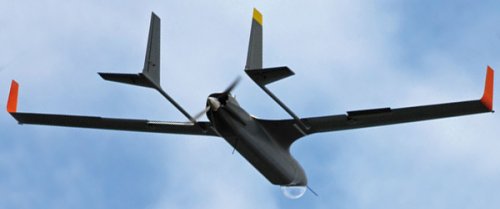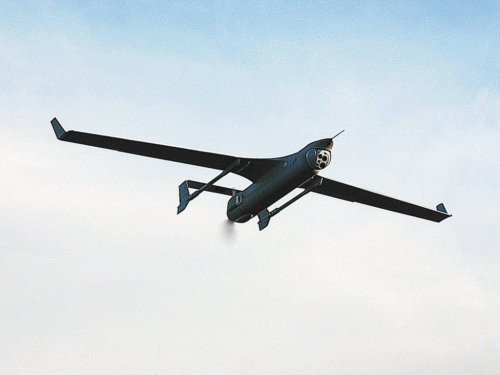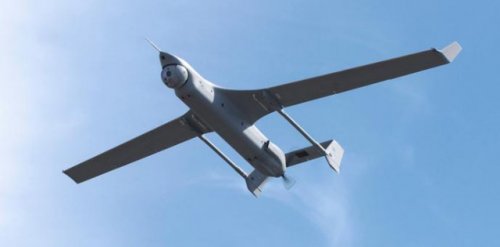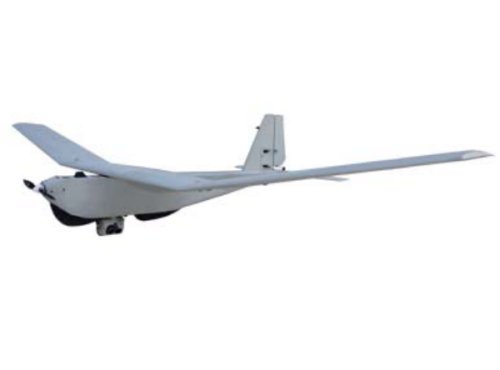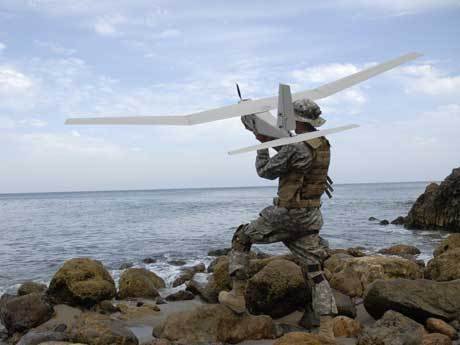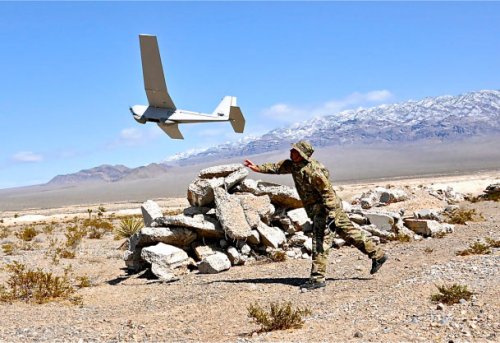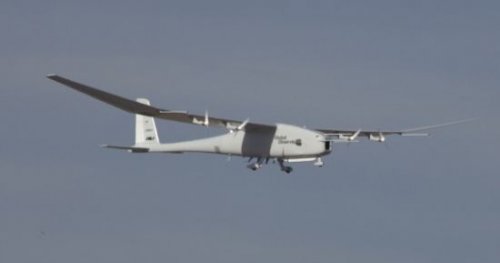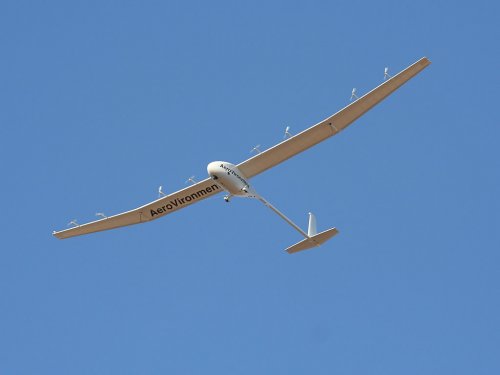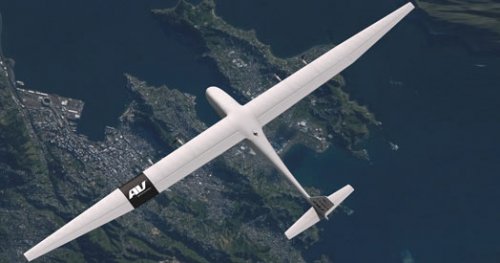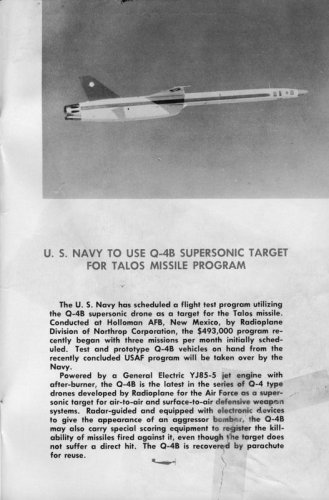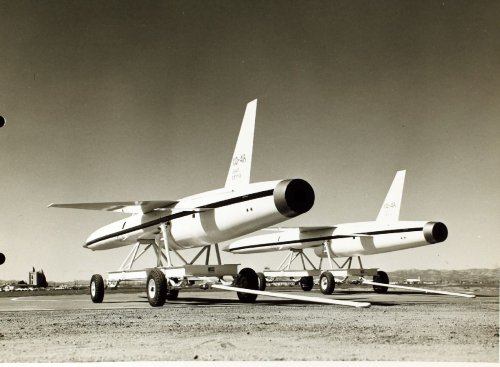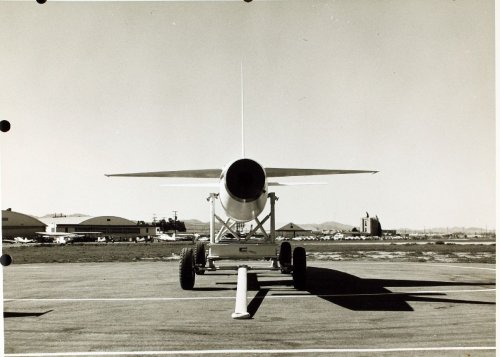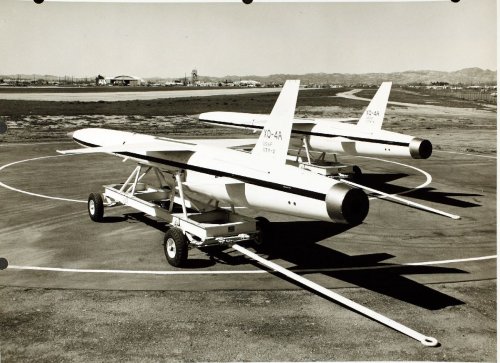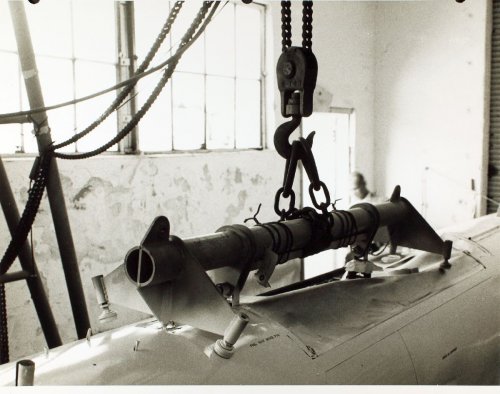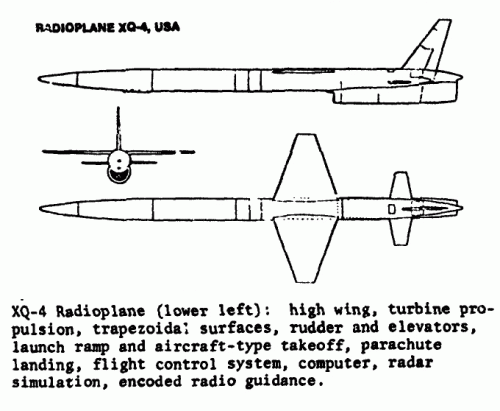- Joined
- 25 June 2009
- Messages
- 14,752
- Reaction score
- 6,141
FIRST SERIES (1950-1962)
XQ-1 Radioplane RP-21 jet-powered target similar to GAM-67; first tentatively designated as "Q-20" (1950)
XQ-1A Radioplane RP-26 variant with side air intake, modified parachute landing system
YQ-1B Radioplane RP-50 variant with nose air intakes, launched from DB-26 aircraft (1953)
XQ-2 Ryan 49 Firebee prototype target drone also tested by Army and Navy (32 built, 1951)
Q-2A Ryan 49 Firebee USAF target for use from DC-130 (91 built, 1951)
XQ-2B Ryan 49 Firebee USAF high-rise option (in 1957 reached the height of 16200 m)
XQ-2C Ryan 124 Firebee prototypes with increased wingspan, no vertical tail (10 built, 1958)
Q-2C Ryan 124 Firebee production version; became BQM/MQM-34 series of drones (1960)
Q-2D Ryan 124 Firebee high-altitude version (over 2500 m), project only
XQ-3 Radioplane version of Q-1 with fiberglass hull
XQ-4 Radioplane RP-61 target drone built for MX-2144 program; model became AQM-35A (15 built, 1954)
XQ-4A Radioplane model developed for the improvement of the CIM-10 Bomarc's radar guidance system
XQ-4B Bendix Talos (1959)
Q-4B Northrop/Bendix Talos production version; , became AQM-35B
XQ-5-1 Lockheed Kingfisher, a modified X-7A-3 for testing missiles; became AQM-60A
XQ-6 WADC project, no details (none built, 1953)
Q-7A Boeing 299 Flying Fortress for “Operation Crossroads”; to study impact of a nuclear explosion; redesignated as QB-17G (1946)
Q-7B Boeing 299 Flying Fortress for “Operation Crossroads”; to test missile guidance systems; redesignated as QB-17L (1950)
Q-7C Boeing 299 Flying Fortress for “Operation Crossroads”; to test missile guidance systems; redesignated as QB-17N (1950)
Q-8A Lockheed 80 Shooting Star unmanned radio version of F-80A for MX-815; redesignated as QF-80A after March 1954 (1946)
Q-8B Lockheed 80 Shooting Star converted F-80C; redesignated as QF-80C after March 1954
Q-8C Lockheed 80 Shooting Star version for MX-1841 with improved radio by Sperry Gyroscope; redesignated as QF-80F after March 1954
XQ-9 McDonnell 107B Quail small target drone project (System 437L), developed by WADC; air-launched, short-range target drone version of GAM-72 (none built, 1954)
Q-10 Radioplane RP-62, an OQ-19 derivative ( 1954)
XQ-11 “F-108 Airborne Target” WADC project for development of fighter-interceptor F-108 Rapier systems (none built, 1959)
XQ-12 Beech 1019 Jayhawk; became AQM-37A (1961)
XQ-1 Radioplane RP-21 jet-powered target similar to GAM-67; first tentatively designated as "Q-20" (1950)
XQ-1A Radioplane RP-26 variant with side air intake, modified parachute landing system
YQ-1B Radioplane RP-50 variant with nose air intakes, launched from DB-26 aircraft (1953)
XQ-2 Ryan 49 Firebee prototype target drone also tested by Army and Navy (32 built, 1951)
Q-2A Ryan 49 Firebee USAF target for use from DC-130 (91 built, 1951)
XQ-2B Ryan 49 Firebee USAF high-rise option (in 1957 reached the height of 16200 m)
XQ-2C Ryan 124 Firebee prototypes with increased wingspan, no vertical tail (10 built, 1958)
Q-2C Ryan 124 Firebee production version; became BQM/MQM-34 series of drones (1960)
Q-2D Ryan 124 Firebee high-altitude version (over 2500 m), project only
XQ-3 Radioplane version of Q-1 with fiberglass hull
XQ-4 Radioplane RP-61 target drone built for MX-2144 program; model became AQM-35A (15 built, 1954)
XQ-4A Radioplane model developed for the improvement of the CIM-10 Bomarc's radar guidance system
XQ-4B Bendix Talos (1959)
Q-4B Northrop/Bendix Talos production version; , became AQM-35B
XQ-5-1 Lockheed Kingfisher, a modified X-7A-3 for testing missiles; became AQM-60A
XQ-6 WADC project, no details (none built, 1953)
Q-7A Boeing 299 Flying Fortress for “Operation Crossroads”; to study impact of a nuclear explosion; redesignated as QB-17G (1946)
Q-7B Boeing 299 Flying Fortress for “Operation Crossroads”; to test missile guidance systems; redesignated as QB-17L (1950)
Q-7C Boeing 299 Flying Fortress for “Operation Crossroads”; to test missile guidance systems; redesignated as QB-17N (1950)
Q-8A Lockheed 80 Shooting Star unmanned radio version of F-80A for MX-815; redesignated as QF-80A after March 1954 (1946)
Q-8B Lockheed 80 Shooting Star converted F-80C; redesignated as QF-80C after March 1954
Q-8C Lockheed 80 Shooting Star version for MX-1841 with improved radio by Sperry Gyroscope; redesignated as QF-80F after March 1954
XQ-9 McDonnell 107B Quail small target drone project (System 437L), developed by WADC; air-launched, short-range target drone version of GAM-72 (none built, 1954)
Q-10 Radioplane RP-62, an OQ-19 derivative ( 1954)
XQ-11 “F-108 Airborne Target” WADC project for development of fighter-interceptor F-108 Rapier systems (none built, 1959)
XQ-12 Beech 1019 Jayhawk; became AQM-37A (1961)

